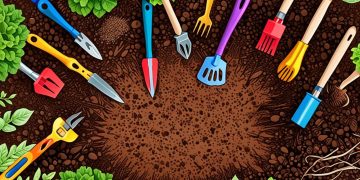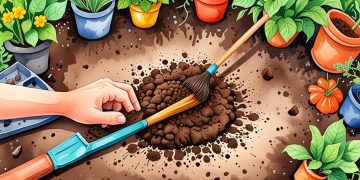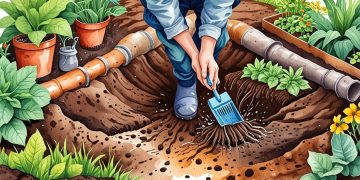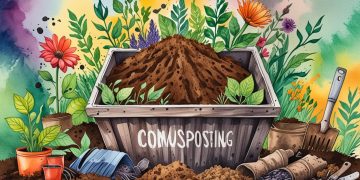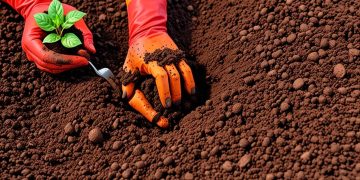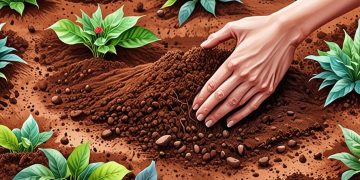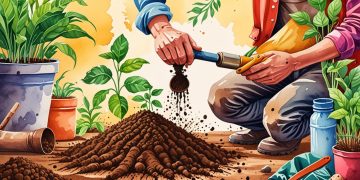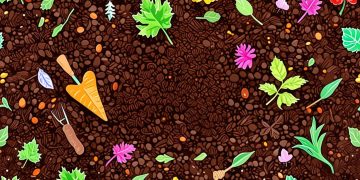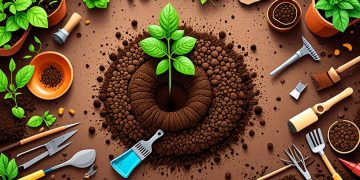Discover effective natural methods to enrich the soil before planting, including composting, green manures, mulching, and natural soil amendments. These techniques enhance soil health, improve nutrient availability, and foster a thriving ecosystem, ultimately leading to healthier plants and a more sustainable gardening practice. Cultivate a flourishing garden by harnessing nature's power.
